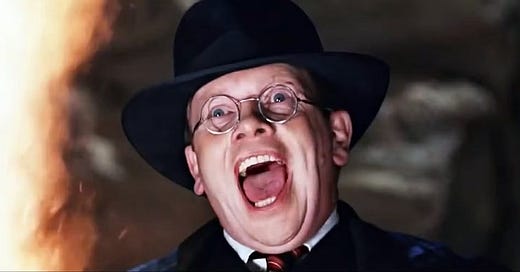There’s usually— going on almost always— going to be a clear, identifiable MAIN ANTAGONIST in a story. But even when there’s an obvious Villain, it's always much more useful to think of a story as having a set of OPPOSING FORCES or FORCES OF ANTAGONISM.
Happy New Year, all! And YES, I’m going to continue with my breakdown of Die Hard! But just as Sequenc…
Keep reading with a 7-day free trial
Subscribe to Screenwriting Tricks for Authors to keep reading this post and get 7 days of free access to the full post archives.



